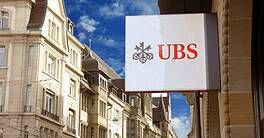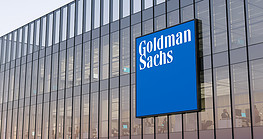Demand for deal-contingent forwards (DCF)—FX contracts that obligate the client to deliver at the contingent forward rate on deal close—continues to rise among M&A participants looking to mitigate currency volatility risks. Jacques Molgo, group financing & treasury director, and Laurent Chesnay, head of group front office, Air Liquide, a French multinational, explain their appeal.
Global Finance: What are the chief benefits of choosing DCFs? Do these benefits offset their higher cost, when compared with simple currency forwards?
Jacques Molgo: Firstly, you lock in the exchange rate only in case the deal and the exposure happens—without an adverse impact if the exchange rate goes against you and the deal falls, as would be the case of hedging with a plain-vanilla forward. There is no upfront premium to disburse, despite the implicit premium embedded in the DCF exchange rate vs. the market forward—which is, by the way, cheaper than the underlying vanilla.

GF: Is foreign exchange volatility making DCFs more popular for all cross-border M&A transactions?
Laurent Chesnay: After several years with low euro-to-dollar volatility, the volatility increase and the different events scheduled in 2016, such as the UK referendum and US election, etc, have pushed us to look for such protection. And I think that DCFs may become much more popular when volatility increases.
GF: What advice would you give companies looking to use a DCF as a hedging risk management tool?
JM: The usual tips on nonstandard operations: involve management, accounting, auditors and legal well in advance of the hedging execution; negotiate credit lines well in advance with your core banking group; and remember that many banks do not offer these solutions for model/product reasons, especially when they are not on the M&A side. Ideally, think of hedging coordination by one relationship bank if it’s a big size.
GF: What banks would you recommend for DCFs?
LC: Barclays, BNP Paribas, Societe Generale, JPMorgan, Citi and Natixis offer good capabilities on DCFs. HSBC, MUFG [Mitsubishi UFG Financial]—and Crédit Agricole Corporate and Investment Bank also, to a certain extent. Citi, HSBC, Societe Generale, JPMorgan and Barclays seem to be leading the game on the US interest-rate risk front, as it involves big books on US Treasuries.

GF: What other hedging tools do you recommend for cross-border M&As?
JM: Pre-hedging of interest rate risks on the debt capital markets takeouts can make sense. Simple instruments, such as treasury locks [a kind of forward on US bond rates] are an efficient solution if dollar bonds are expected to be issued to refinance a US acquisition. They can be fully accounted for in other comprehensive income under IFRS hedge accounting rules. Issuer credit spread risk-hedging remains a challenge though. That’s for next time…assuming we find an IFRS-friendly solution.



